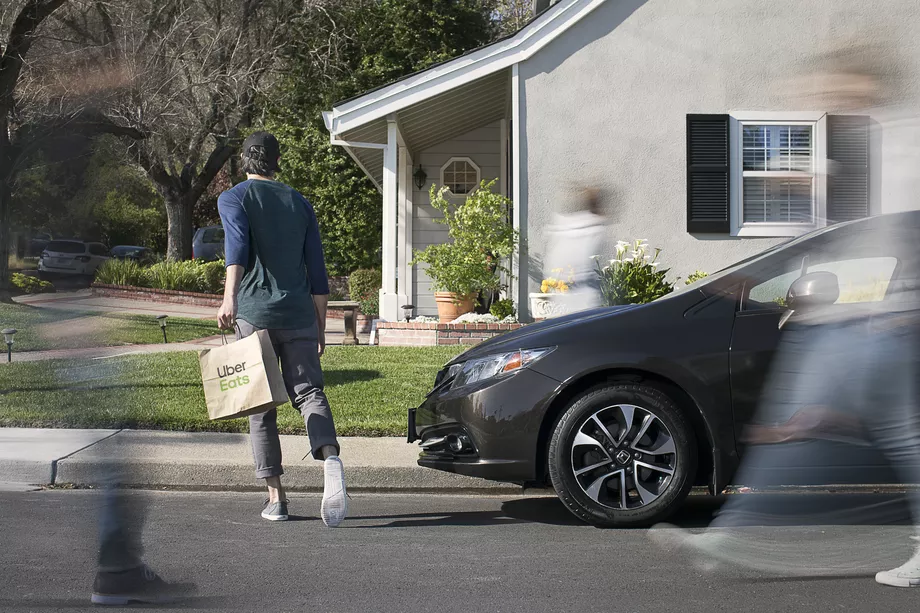By the end of the year, Uber’s food delivery business aims to cover 70 percent of the US
Uber Eats, the ride-hailing company’s food delivery arm that’s critical to Uber’s plan to go public in 2019, has galloped across the globe in recent years, but it has also struggled to reach certain pockets of the US. The company aims to change that over the next few months, announcing on Tuesday an ambitious effort to reach 70 percent of the US population by the end of 2018.
Currently, Uber Eats covers a little over 50 percent of the US population, delivering food for an estimated 100,000 restaurants. So an increase of 20 percent in just two and a half months is certainly an aggressive growth target.
In order to achieve this goal, Uber Eats is targeting mostly less-dense suburban communities, which is the type of market where its core ride-hailing business has traditionally struggled to gain a foothold. Uber Eats hopes to find success by partnering with huge restaurant chains like Red Lobster and TGI Friday’s and changing the signup process for new restaurants to make it less cumbersome for smaller operations.
“There are some geographies where Eats is just a better connection with that community than [Uber’s ride-hailing business],” Janelle Sallenave, head of Uber Eats in the US and Canada, told The Verge. “Smaller, more suburban or rural areas where the ride-sharing business is harder to operate. But there’s always the desire to connect restaurants and eaters.”
Uber Eats wouldn’t release the full list of the cities, towns, and communities it’s targeting, outside a small handful of new additions: Eugene, Oregon; Burlington, Vermont; and Cedar Rapids, Iowa. “We’re excited to use these learnings as we roll out into new cities covering 70 percent of the US population,” a spokesperson said. “We’re not sharing names of US cities at this time.” This year, the food delivery service launched in cities in Canada, France, Mexico, Japan, and India that do not have ride-hailing. And 50 percent of Uber Eats’ business in France is outside Paris in suburban markets.
“Eats is an exploding business in a good way,” CEO Dara Khosrowshahi said at Code Conference in May. “It’s now at a $6 billion bookings run rate, growing over 200 percent.”
The food delivery space is also incredibly difficult and intensely competitive. Several food delivery startups have folded in recent years. And well-financed rivals are also growing at a steady clip. Earlier this month, Postmates announced that it’s bringing its delivery service to 134 more cities in the US. The expansion brings the total number of cities served by Postmates up to 550, which covers 60 percent of the US.
Sallenave wouldn’t comment on those external factors, but she said Uber Eats was “leaning into its history as a transportation and logistics platform” as it seeks to expand across the country.

